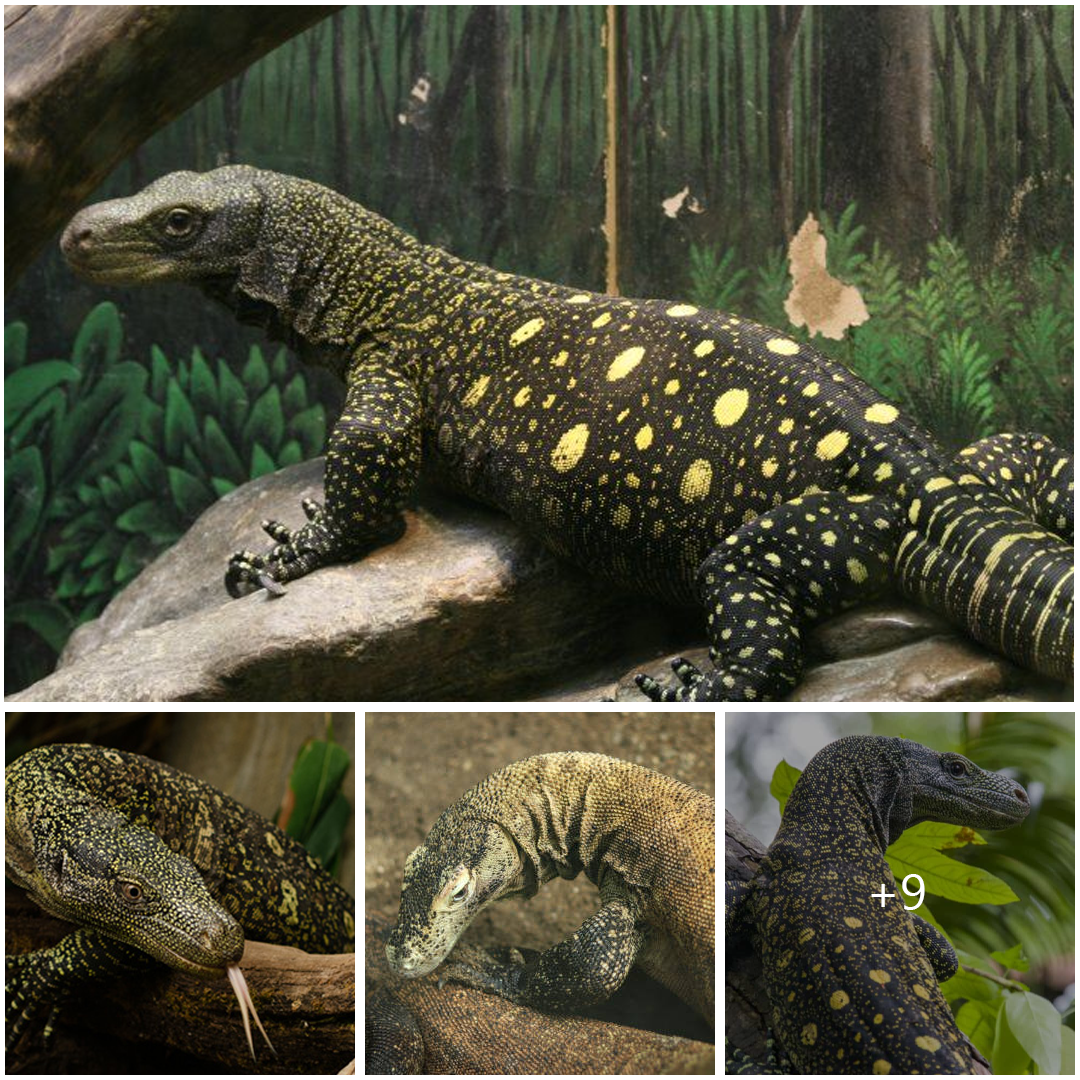
Exploring the Behavior and Habitat of the Crocodile Monitor
The Crocodile Monitor (Varanus salvadorii) is a fascinating species of monitor lizard native to New Guinea. Renowned for its impressive size and unique appearance, this species inhabits dense rainforests and wetlands, where it plays a vital role in the ecosystem. This article delves into the behavior and habitat of the Crocodile Monitor, shedding light on its intriguing lifestyle.
Crocodile Monitors are primarily arboreal, spending much of their time in the trees, where they are adept climbers. Their long, slender bodies and prehensile tails enable them to navigate the dense vegetation with ease. They are also proficient swimmers and can often be found near bodies of water, such as rivers and streams, where they hunt for prey and seek refuge from predators.
In terms of behavior, Crocodile Monitors are solitary creatures and are rarely seen in groups. They are highly intelligent and possess keen senses, allowing them to detect prey and potential threats from a distance. Their diet consists of a variety of prey, including birds, small mammals, reptiles, and even carrion.
Despite their fearsome reputation, Crocodile Monitors are generally shy and elusive animals, preferring to avoid human contact whenever possible. However, habitat loss and fragmentation pose significant threats to their survival, highlighting the importance of conservation efforts to protect their natural environment.





